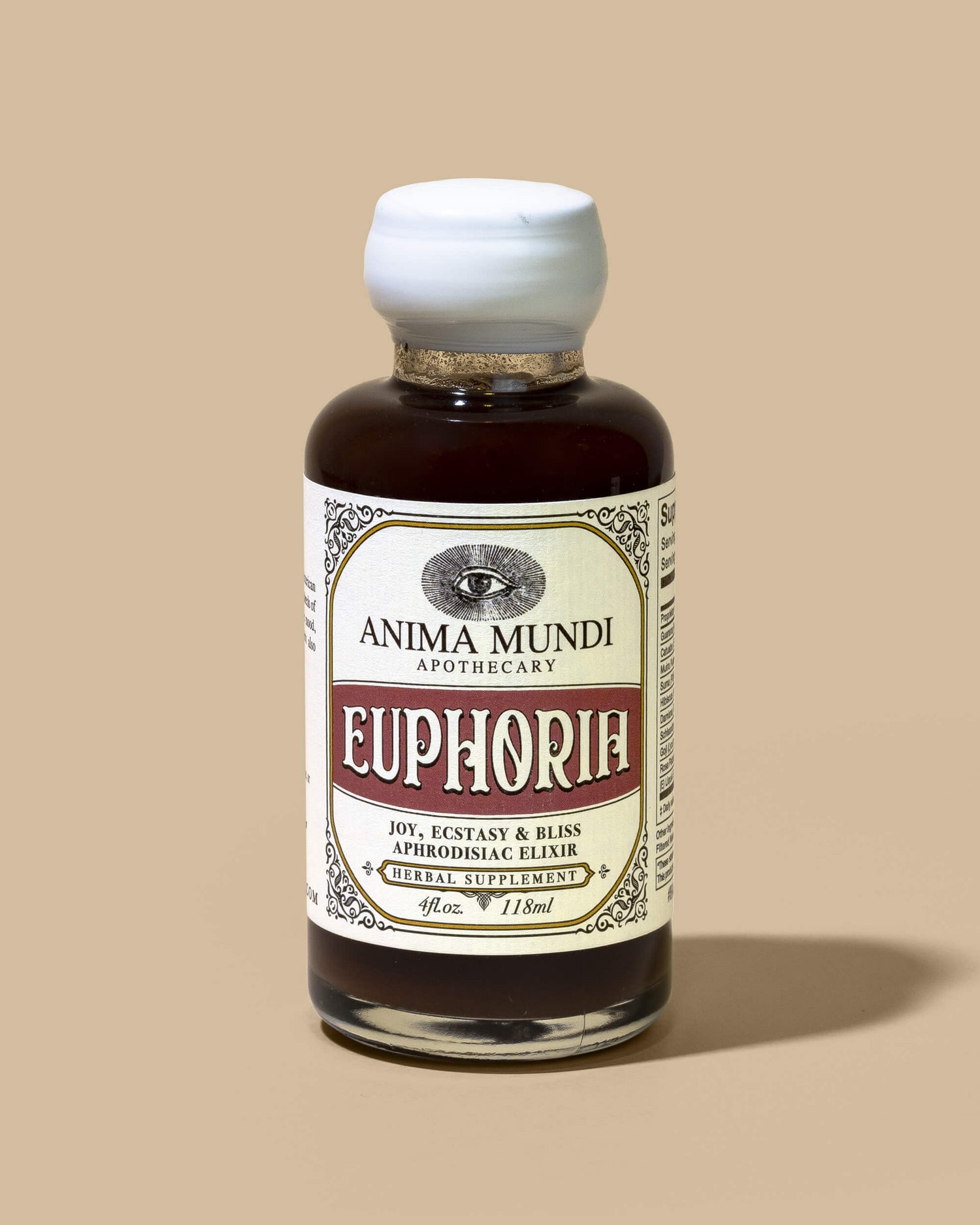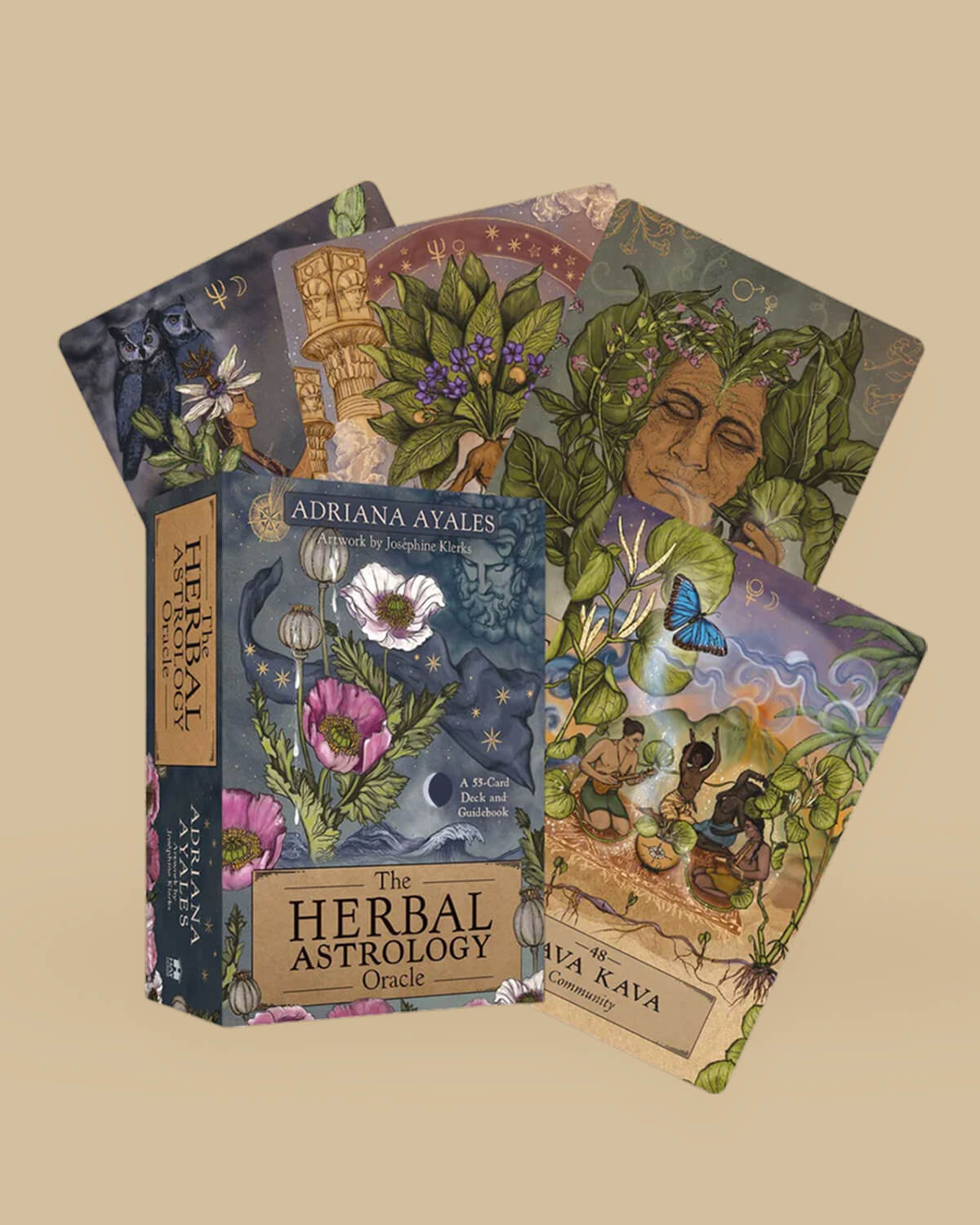- - - - -
WHAT IS COLLAGEN?
- - - - -
- - - - -
How Does Collagen Support The Body?
- - - - -
- - - - -
How Do I Boost My Collagen Levels?
- - - - -
1. CHINESE KNOTWEED: HE SHOU WU
Polygonum multiflorum, aka Fo-Ti
The root of the fo-ti plant can restore fertility, help maintain hair color, boost energy, rejuvenate the nerves and brain cells, tone the kidneys and liver, fortify the bones and purify the blood. Athletes use it to improve performance and reduce recovery time.
This adaptogenic root has been used in Traditional Chinese Medicine for more than 3,000 years. According to legend, the man who first discovered fo-ti was delighted to find that with regular use, it revived his natural dark hair color and sexual virility. It is said he lived up to 160 years old. Since that time, fo-ti has been regarded as a sort of a fountain of youth and held as the elixir of life within Eastern traditions.
There are literally thousands of first-person reports and a handful of clinical studies of fo-ti (or preparations including the herb) demonstrating a remarkable ability to reverse hair loss and restore rich color to white or graying hair. Modern day use makes He Shou Wu a notable adaptogen for its harmonizing effect on the endocrine system (hormone-producing glands), and for its high zinc content, which is one of the key effects on hair growth and restoration. It’s also very well known for its jing preserving qualities — our primordial energy that fuels life, sexuality and vital essence, according to Traditional Chinese Medicine.
Due to its longevity promoting nature (including the superoxide dismutase, which is one of the most powerful antioxidants to the human body), it’s precisely the antioxidant that has been credited for reversing diseases, increasing immune protection and lifespan. Some of the more notable studies reflect its ability to protect bones from oxidative stress, chemo-protective qualities, increasing natural killer cells showing anti-cancerous support [R] to several forms of cancer and being neuro-protective [R][R][R]
2. ANCIENT BONE HEALER:
HORSETAIL | Equisteum arvense, spp.
Horsetail is one of the oldest plants on the planet. The hollow stems and shoots of horsetail are a rich source of naturally occurring calcium, magnesium, potassium and other valuable nutrients (including silica crystals). Many of the medicinal properties of horsetail can be attributed to its high silica content, which is easily absorbed by the human body.
Silica is an essential trace mineral that plays an important role in the development, strengthening and maintenance of healthy bones and teeth. Silica also restores weak connective tissues in blood vessels, cartilage, tendons and in collagen — the body glue that helps hold our skin and muscle tissues together. Silica speeds the healing of bone fractures, is said to help rheumatism and arthritis by improving the elasticity of the joints, and is recommended to athletes for sprains, pulled hamstrings and torn ligaments. [R]
3. THE IMMORTAL: GYNOSTEMMA
Gynostemma pentaphyllum, aka Jiaogulan
Gynostemma contains over 80 different saponins (gypenosides) compared to the 28 found in ginseng. As well as these saponins, gynostemma is a natural antioxidant and a rich source of healthy vitamins and minerals. Many people suggest that gynostemma is one of the best adaptogens found in nature, also referred to as biological response modifiers.
Gynostemma is called the immortality herb for good reason. It was originally brought to scientific attention because population studies revealed that those who consumed it regularly were living longer and significantly healthier lives.
Researchers believe that the main reason for this general benefit is that it contains two very important antioxidants — glutathione and superoxide dismutase. One clinical study revealed that taking gynostemma each day for a two-month period reduced many of the signs of aging including fatigue, insomnia, memory loss, diarrhea and poor balance. The anti-aging benefits of gynostemma are due to its many rejuvenating properties, which all actually serve to protect the body from the damaging effects of stress.
Gynostemma has been used for thousands of years for its wide array healing abilities. It’s commonly used for its energizing effects, digestive help, cardiovascular health and hormone balancing qualities. Its demulcent qualities grant an extraordinary nourishing power to the gut, which is why it has been often used for weight loss, as it helps flush the intestinal walls while providing an anti-inflammatory effect. [R1], [R2], [R3]
4. ANCIENT MINERALIZER:
NETTLES | Urtica dioica
Nettles contain a high amount of calcium, silica and sulfur, making it an excellent source to help boost collagen receptors. Nettles are often used in beauty products like shampoo and soap, as it restores, repairs and is known for its antiseptic qualities. Stinging nettle is a valuable tonic that can support the immune system, spleen, circulatory system, urinary tract, nervous system, respiratory tract, digestive system and endocrine system, including the adrenals, thyroid and the pancreas. In-vivo and in-vitro studies have also demonstrated its ability to protect from neurodamage, protect the immune system, strengthen bones and even support prostate health. A plant of many remedies.
Nettle is a multi-vitamin. Other nutrients found in nettles are calcium, carotene, magnesium, vitamin A, B + K, Potassium and protein. Nettle leaves are rich in silica and sulfur, making it an excellent candidate to strengthen hair follicle, shaft, strands and preventing easy breakage and damage. Increasing nutrient-rich blood flow circulation in the scalp helps to feed every hair follicle promoting healthy, long and lustrous hair. [R]
Nettle has been used for hair care for centuries. Not only does nettle leaf help in controlling hair loss, but it may help in hair growth. Nettle leaves are rich in vitamins A, B1, B5, C, D and E. It also contains flavonoids, essential aids and proteins, nourishing the scalp and helping promote healthy and shiny hair. [R]
DHT, an androgen hormone and sex steroid, is created as a byproduct of testosterone. Androgens like DHT bind to receptors on the sebaceous glands, which is a major stimulating effect and as a result causes increased output of oil on the skin. Nettle inhibits and lowers DHT supporting the reduction of sebum production nicely and even shrinking sebaceous glands. This also ties to its abilities to help prevent hair loss. Used internally and externally it can assist with the aforementioned qualities.
Nettles’ astringent properties may help with tightening the skin, assisting the skin and scalp, possibly preventing eczema and the healing of small cuts and bruises. Due to its high antioxidant makeup, it assists in combating the effects of multiple stressors, therefore protecting from our collagen receptors to our endocrine system.
5. THE RADIANT ONE:
CALENDULA | Calendula officinalis
Calendula has been used since ancient times for its phenomenal abilities to restore skin, assist in wound healing and activate collagen receptors to increase the glow. Calendula flowers have long been employed in folk therapy, and more than 35 properties have been attributed to decoctions and tinctures from the flowers. The main uses are as remedies for burns (including sunburns), bruises and cutaneous and internal inflammatory diseases of several origins. Folk medicine in different parts of the world have used it for its beautifying chemistry, from preventing wrinkles, to oxygenating the blood, to increasing overall circulation. Modern research has proven many of its healing abilities, along with noting its extraordinary ability to protect the skin from cellular and oxidative damage. [R]
The antibacterial and immuno-stimulant properties of the plant make it extremely useful in treating slow-healing cuts in people who have compromised immune systems. The University of Maryland Medical Center reports research indicating topical application of calendula cream helps to heal wounds and works as a local and internal antiseptic. [R]
6. THE QUEEN OF THE JUNGLE:
MANGOSTEEN | Garcinia mangostana
Collagen keeps our skin firm and resilient, and protects it from wrinkling. The role of vitamin C in the production of collagen is to interact with amino acids within collagen cells. It adds hydrogen and oxygen to those amino acids, so they may do their part in collagen production. Mangosteen peel has been touted for being not only one of the highest sources of vitamin C found in nature, but it also contains a mega-load of antioxidants.
Mangosteens contain a high amount of polyphenols known as xanthones, which are known for their myriad of healing abilities that it contains. According to scientific studies, xanthones from the pericarp, whole fruit, heartwood and leaf of mangosteen (Garcinia mangostana) are known to possess a wide spectrum of pharmacologic properties (including antioxidant, anti- tumor, anti-allergic, anti-inflammatory, anti-bacterial, anti-funga and anti-viral activities). It also contains promising chemo-preventive and anti-cancerous properties. [R]
As far as beauty chemistry goes, the high amount of antioxidants has shown to be an excellent skin tonic. Several studies have found that the pericarp was particularly successful at curbing the production of acne-causing inflammation, along with other skin breakouts (like cirrhosis, eczema and inflammation-based rashes). Besides using xanthones to defend the skin, the fruit also promotes microcirculation improving the appearance of skin vitality and radiance. Another study demonstrated that because of its phenolic-rich makeup, mangosteen pericarp extract was able to protect the skin from free radicals [R], showing serious potential as an anti-skin cancer agent. [R]
Lastly... adding one more! Our controversial friend, whom we use to enhance our formula's subtle energetics:
THE BONE MENDER
COMFREY — Symphytum officinale
Comfrey is widely known as “one of nature’s greatest medicinal herbs”, and has appeared in the U.S. Pharmacopoeia, as well as in herbals compendiums around the world. Comfrey is a bone strengthening herb, that is very high in calcium, magnesium and vitamin C. In folk medicines it is referred to as “knit-bone” as there are countless of reports demonstrating its strong anti-inflammatory effects and speedy wound healing. Its natural concentration of allantoin is what makes it effective with internal and external repairs of broken bones or tissue. Many master herbalists have successfully used the immensely powerful nutrient density of Comfrey, and when used appropriately it can enhance the power of a formula.
In the 80’s, reports showed how it can be potentially toxic, due to the pyrrolizidine alkaloids (PA). PA's in extremely large doses may cause potentially fatal damage to the liver. Yet this study was based on lab rats that were overfed an extra-ordinary amount of isolates comfrey over long periods of time. If you study the debate, you will learn that an adult human would need to eat over 19,000 comfrey leaves to ingest an amount of comfrey comparable to the quantity given to baby rats in an experiment that resulted in liver damage. Comfrey has been cultivated for healing since 400 BCE. All Materia Medica from the Middle Ages forward carried descriptions on the uses of comfrey.
It saddens me when government authorities ignore hundreds of years of traditional healing and fail to adequately question "research" before deeming a natural remedy unsuitable for widespread use. Because we are never likely to eat 19,000 comfrey leaves in our lifetimes, let alone in a short period of time, we could reap the benefits of its use in small controlled doses for bone strengthening, without necessarily encountering the issues mentioned due to overdosing. Our formula contains PA FREE 5% comfrey, which makes it an assistant boosting herb to the other adaptogenic and supportive herbs present within the blend.















